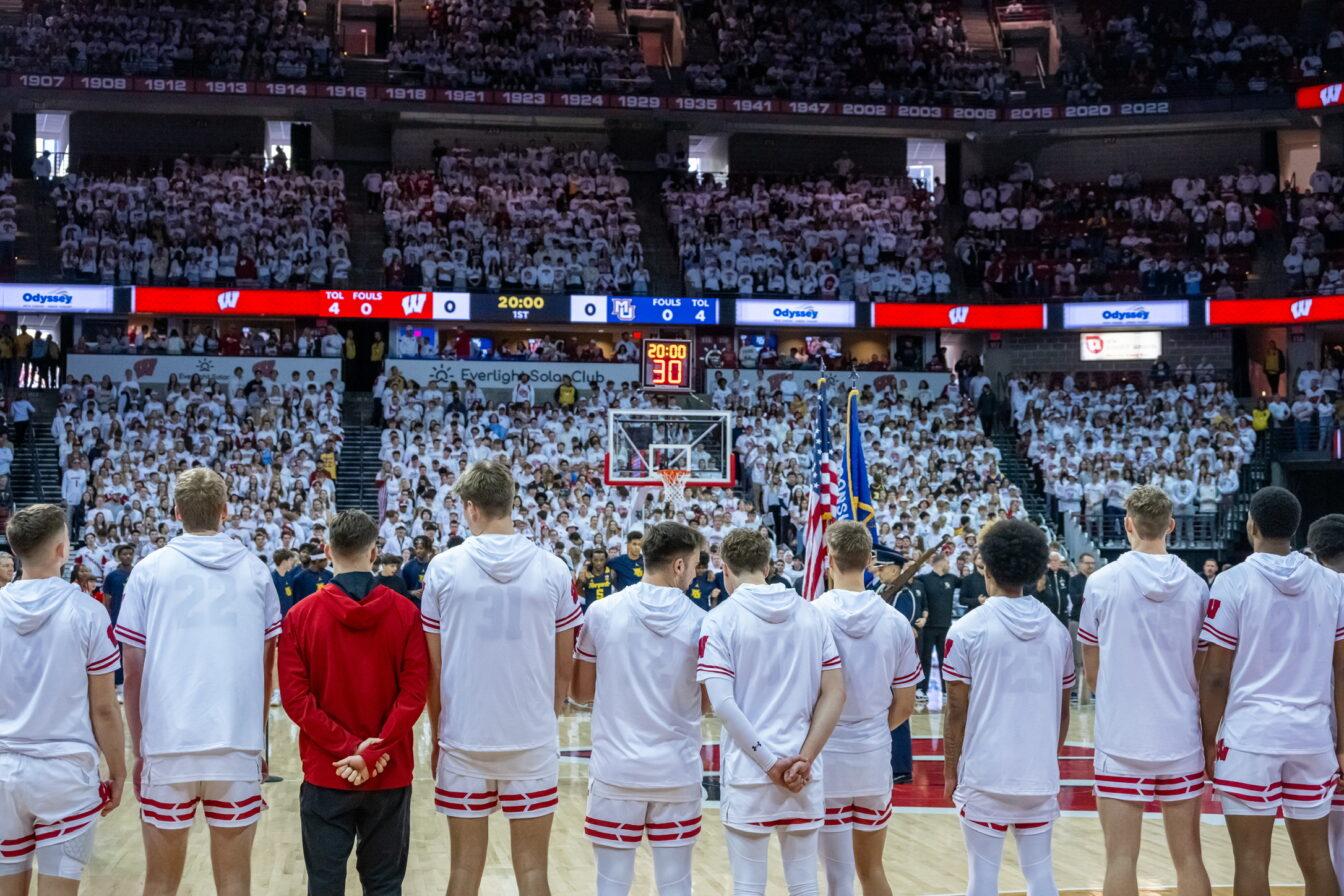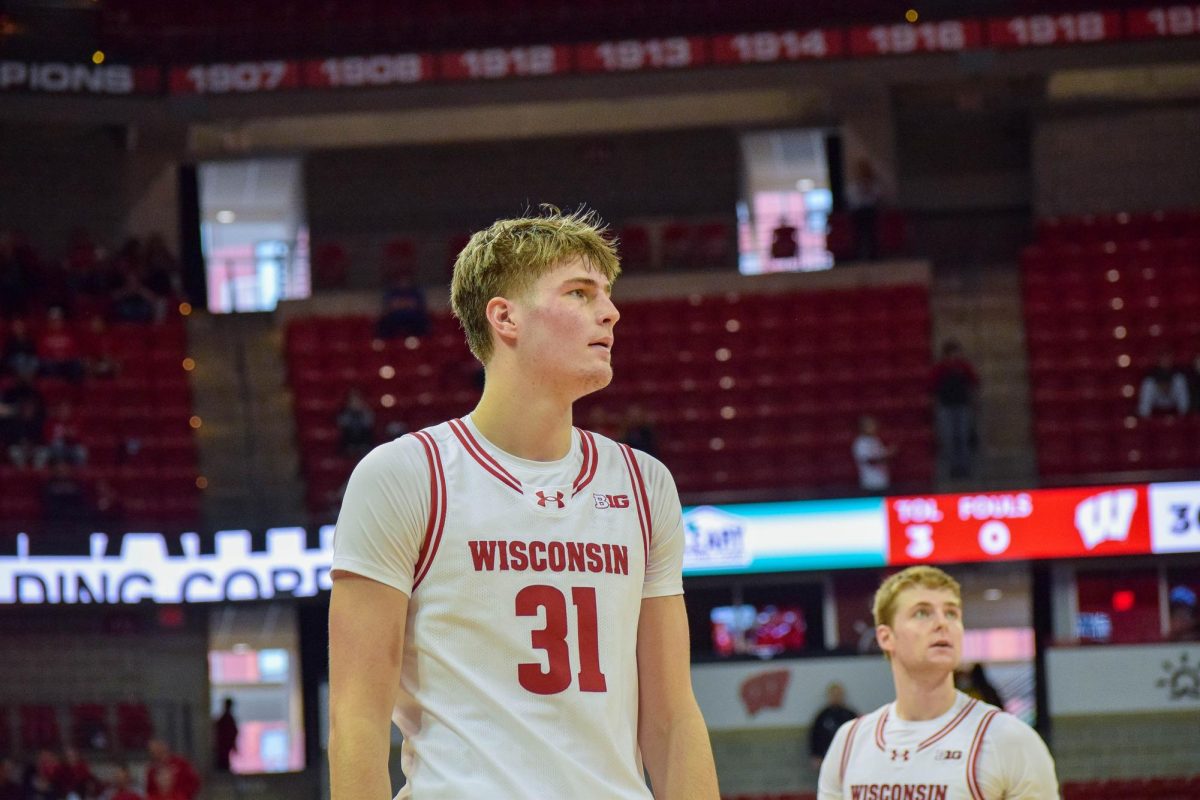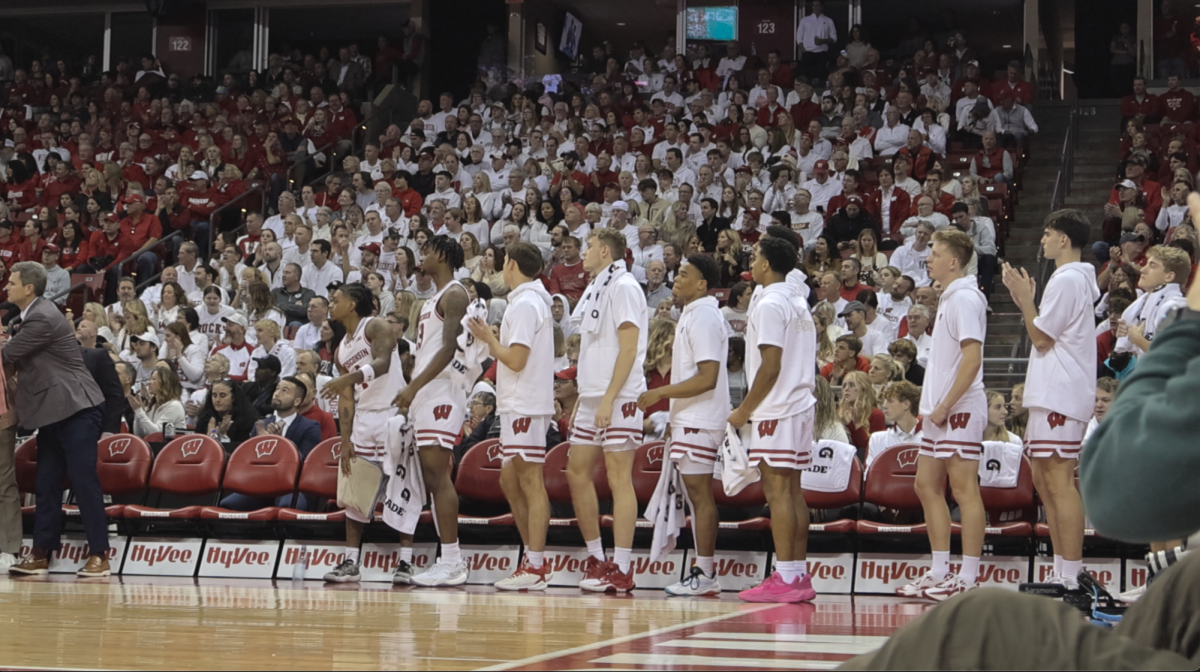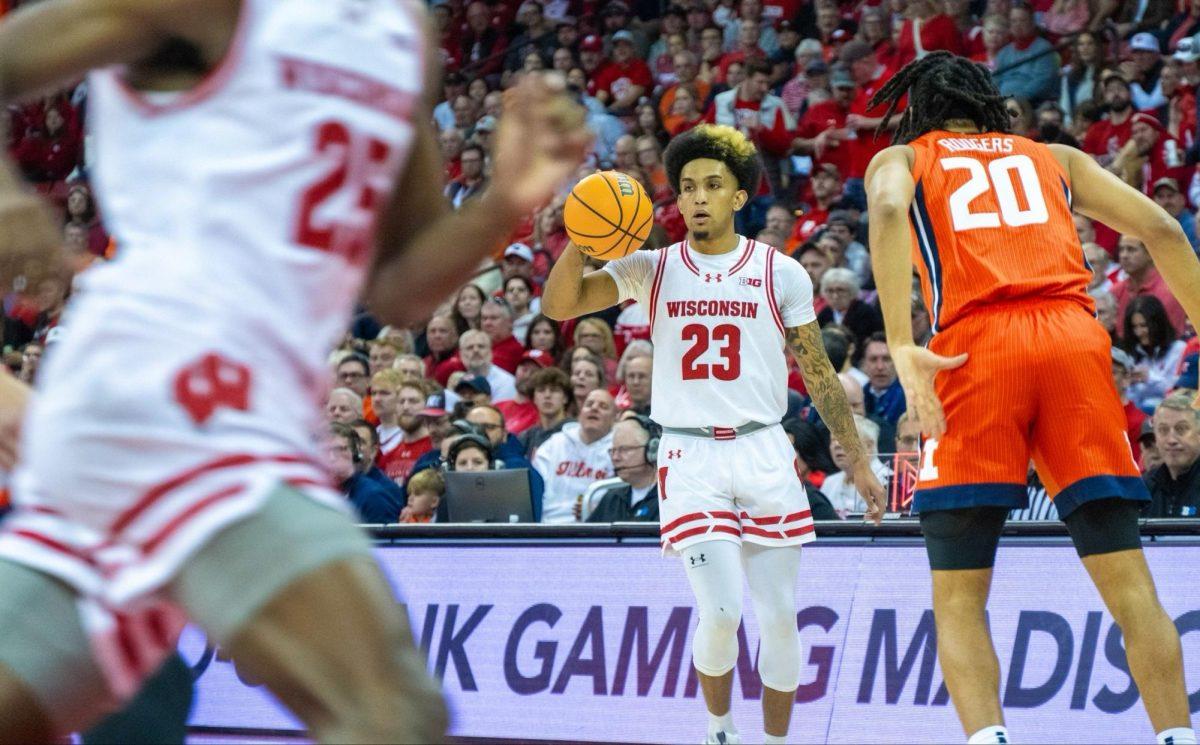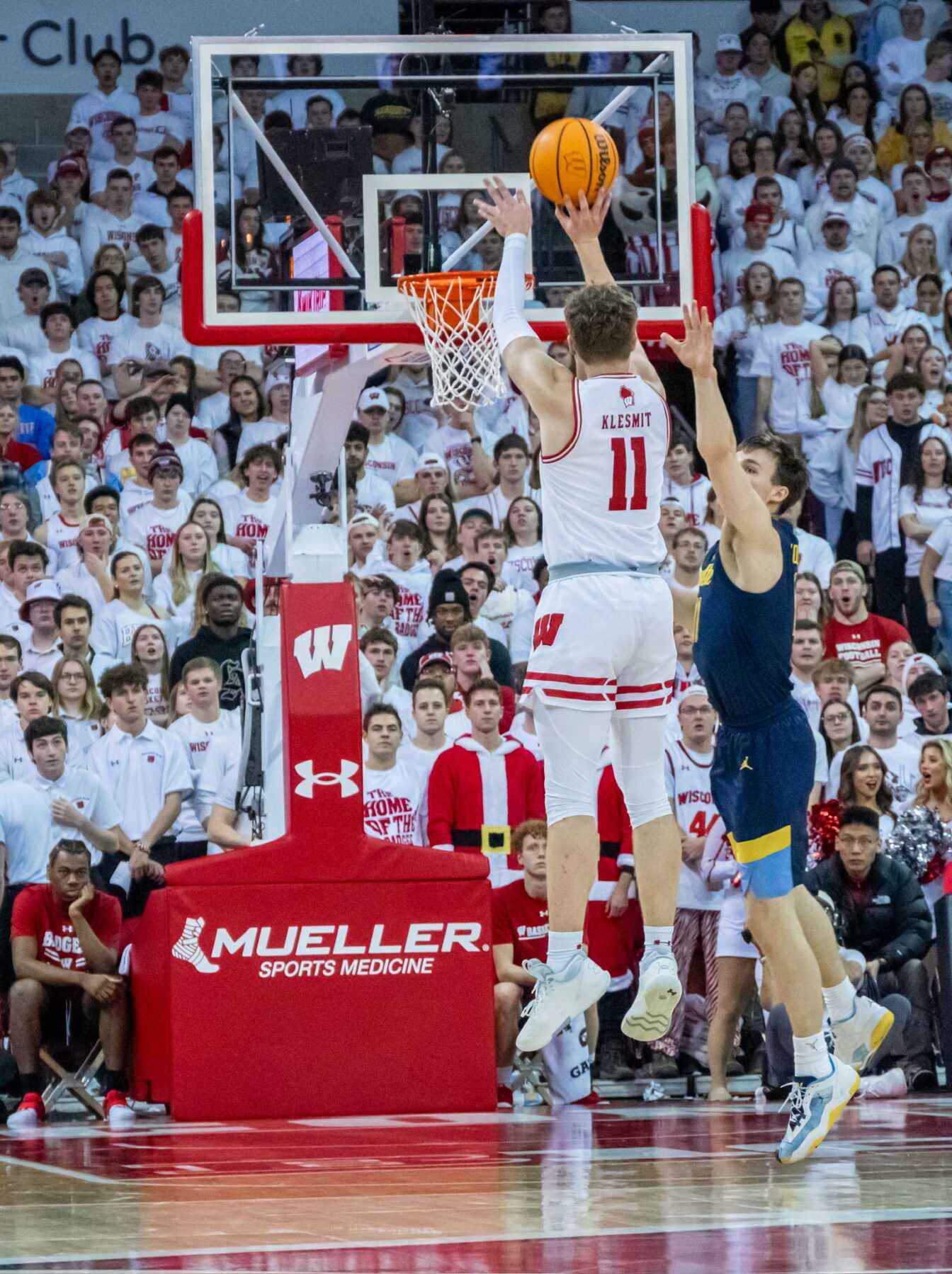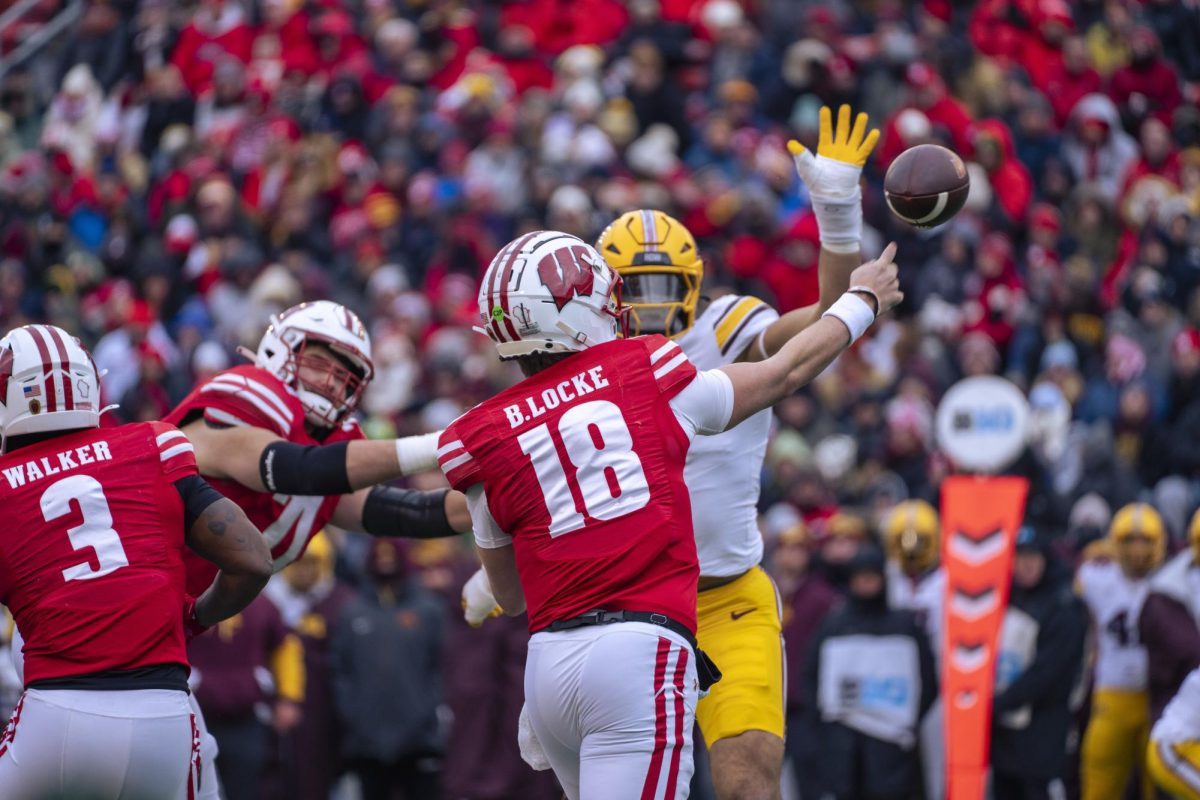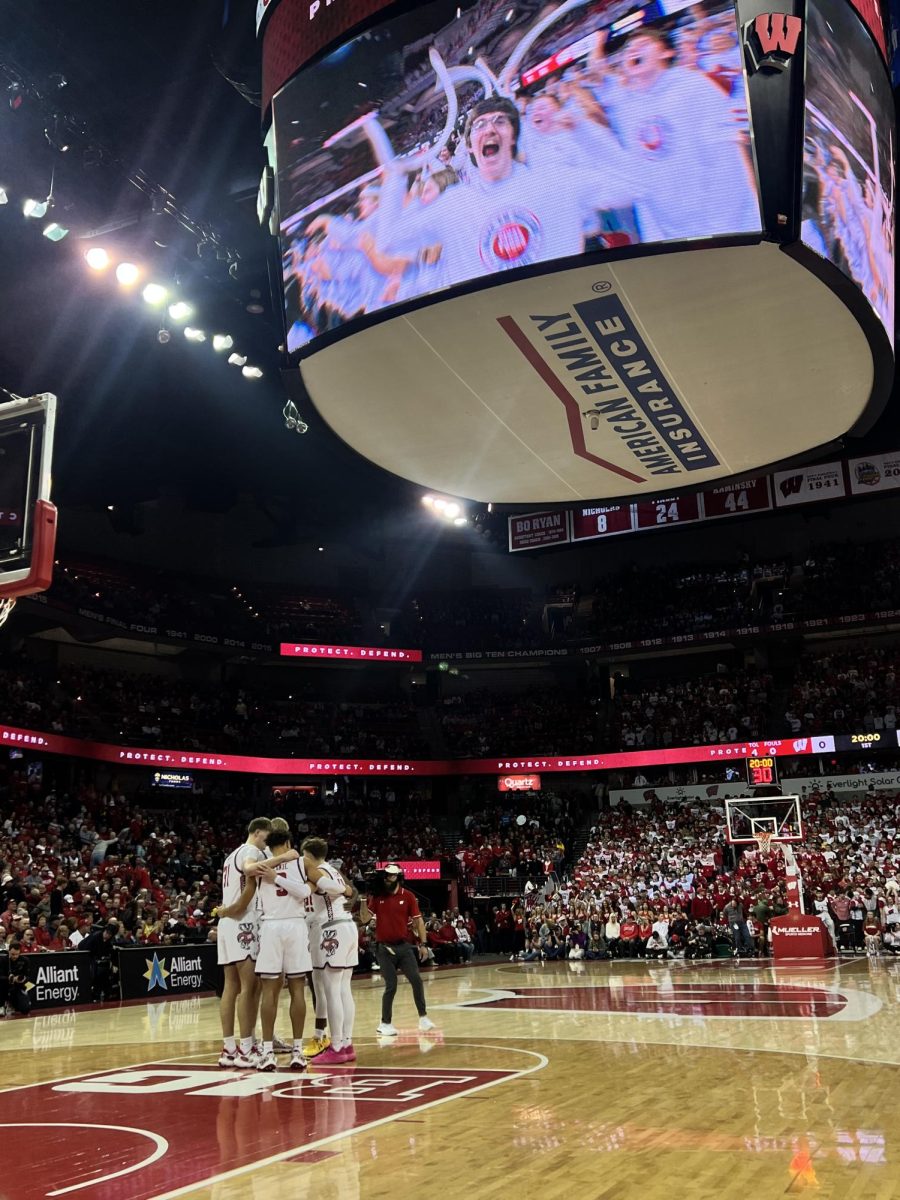March only lasts for three more days, but the Madness isn’t over yet as the Final Four tips off Saturday night.
With two of Wisconsin’s opponents this season, Oklahoma and Syracuse, still in the running for the national championship, it’s interesting to look back on the development of each team since the last Badgers saw them.
Oklahoma and Wisconsin squared off Nov. 29 in Norman, Oklahoma in front of a crowd of just under 9,000 people. The Badgers, 5-2 at that point, were vulnerable and a prime target for the undefeated No. 7 Sooners.
Despite having Buddy Hield, a finalist for the Wooden Award, at their disposal, Oklahoma had to rely on the play of other starters and 13 points from the bench to put Wisconsin away. But don’t be fooled — the Badgers were never in the game.
Oklahoma demolished Wisconsin’s interior defense, scoring 34 points in the paint compared to Wisconsin’s 10. Hield was held to just 12 points and 5-16 shooting on the night, but his baskets showed all that was wrong with the Badgers’ defense.
Hield punished Wisconsin’s lax transition play with his breakout speed and gained inside position numerous times against defenders on fastbreaks. But aside from Zak Showalter and maybe Nigel Hayes, no one on Wisconsin’s roster is a standout defender.
The senior put up 46 points in an overtime loss to Kansas, but struggled against Villanova earlier in the season, scoring 18 and going 6-17. Now with Oklahoma set to face Villanova in the Final Four, there is no doubt that Hield will be the focus of the Wildcats’ defensive efforts.
But from what Hield has shown this season is that even on an off night, it’s not about if you can stop him, but how much you can limit him too.
Immediately following what amounted to a 65-48 loss to the Sooners, Wisconsin then traveled to Syracuse to face the No. 14 Orange.
With their backs against the wall, Wisconsin surprised the nation by taking down not only an undefeated, ranked opponent, but they did it on the road as well.
In their 66-58 overtime victory, the Badgers broke down the famed Syracuse 2-3 zone behind the play of Ethan Happ and his 18 points.
Syracuse shot just 35.7 percent on the night and struggled from behind the three-point line. They continued to stick to outside shooting despite their struggles, scoring only 14 points in the paint and were unable to rebound — allowing the Badgers 18 second chance points.
The stat line should have been an alarm for what was to come for the Orange, who would go on a four-game losing streak in the middle of the season and then lose five of their last six games before the NCAA Tournament. They would, however, still squeak into the tournament as a 10-seed before embarking on an improbable Final Four run.
Michael Gbinije and Malachi Richardson, while never posting fantastic scoring numbers over long stretches, have been a large part of the Orange’s success in the tournament.
But what they showed against Wisconsin holds true of what they’ve done in the tournament thus far, neither are consistently efficient scorers.
Gbinije, who had 19 points and went 7-16 against the Badgers, has shot over 40 percent in only one game of the tournament thus far — a 10-14 outing against Middle Tennessee State.
While Richardson scored only 8 points and shot 3-11 against Wisconsin, he carried Syracuse’s comeback victory against Virginia with 23 points on a 6-16 night. But he too has only hit over 40 percent shooting in a single game. Against No. 1 seed North Carolina on Saturday, the two will need to buckle down.
From the Badgers’ perspective though, they will only be thinking of how they were only two games away from it being them, not North Carolina, to face a familiar opponent.



